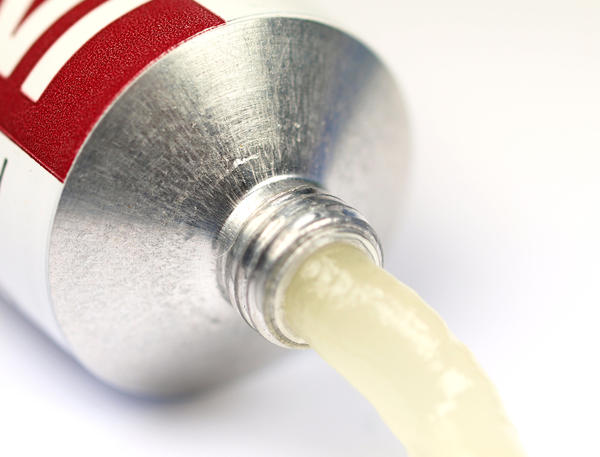Innovative Non-Toxic Skin Healing Solutions

Many typical medicine cabinets contain the well-known Neosporin ointment or cream as the “go-to” first-aid remedy. It is used for common cuts and scrapes resulting from falls or other minor skin traumas. This antibiotic ointment contains harmful ingredients like bacitracin zinc, neomycin sulfate, and polymyxin B sulfate. As the most popular over-the-counter skin ointment drug, Neosporin is effectively marketed as the best first line of defense against minor wound infection and for speedy wound healing. Yet, many who trust and rely on this product do not consider the problems with Neosporin.
Besides a lack of evidence that it heals wounds any faster than the body’s natural mechanisms, the main concern regarding widespread use of Neosporin is its three main antibiotic ingredients. People are becoming increasingly aware of the concept of bacterial resistance. Improper and unnecessary use of antibiotics run the risk of overgrowth of antibiotic-resistant bacteria. This phenomenon is a public health problem that leaves many people with infections and side effects from Neosporin products that are hard to treat.
Our skin and other areas of the body contain bacteria, fungi and other microorganisms that are actually good guys. This collection of microorganisms on our skin is called our skin microbiome or flora (1). Instead of hurting us, they actually help protect us from being overcome by disease-causing microorganisms. Unfortunately, these good organisms can be killed by antibiotics such as those in Neosporin. This risk is higher when the triple antibiotic is used when there is not even an infection. What can result are skin problems (side effects) much worse than the minor cut that was treated in the first place. Due to the loss of the good microorganism defenses, fungal and other microorganisms take advantage and cause infection.
Furthermore, Neosporin active ingredients pose a risk of allergic reactions (2) and irritation to skin. As mentioned, the product contains neomycin. This antibiotic is the main component responsible for the incidence of allergy seen with Neosporin use. These allergic reactions can be immediate or take a little time (up to a week) to develop. Better approaches to minor wounds are to clean the affected area and use alternative natural products that are nonallergenic, nonirritating, and that do not contain unnecessary antibiotics.
Take a look at our non-toxic Post-Traumatic Response Gel for fast relief.
1. Grice EA, Segre JA. The skin microbiome. Nature reviews Microbiology. 2011;9(4):244-253. doi:10.1038/nrmicro2537.
2. Shahbazian JH, Hartzell TL, Pandey AK, Azari KK. Allergic Dermatitis Due to Topical Antibiotics. Western Journal of Emergency Medicine. 2012;13(4):380-382. doi:10.5811/westjem.2011.9.6851.
Comments will be approved before showing up.